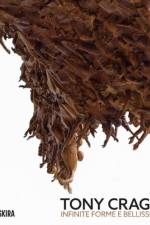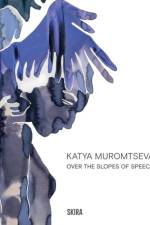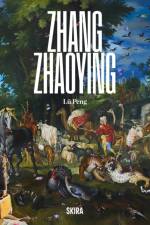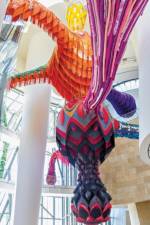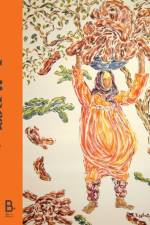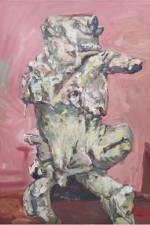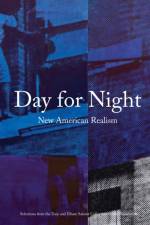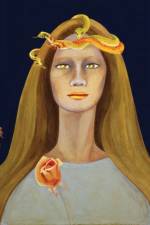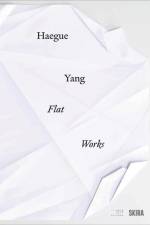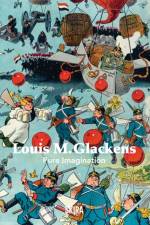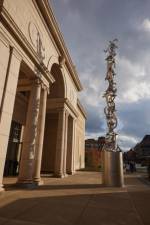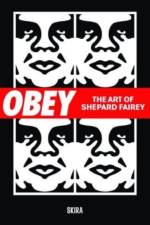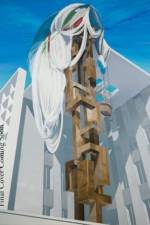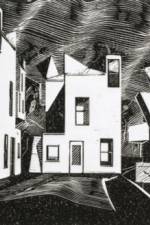581
A comprehensive introduction to more than fifty years of work by American artist and architect James WinesWhat Else Could It Mean? Drawings & Writings presents more than five decades of visionary work in art, design, environment, and education by James Wines—artist, architect, and founder of SITE. Featuring rarely seen archival photography, drawings, and essays, this richly illustrated book invites readers to explore Wines' and SITE iconoclastic critiques and creative redefinitions of art, architecture, and urbanism. More than a retrospective monograph, What Else Could It Mean? is a forwardthinking call to action to address the challenges of our time with wit and imagination. James Wines is the founder of SITE, an environmental arts organization established in New York City in 1970. His work spans visual art, architecture, landscape, and public space design, all rooted in a creative response to their surrounding contexts. He has lectured in fiftynine countries and contributed essays to numerous books and magazines across the Americas, Europe, and Asia. In addition to the many published books on the work of SITE, Wines is the author of DEARCHITECTURE (1987) and Green Architecture (2000). His practice has completed over 100 projects for public and private clients in 11 countries. Wines has received prestigious honors, including the Chrysler Award for Design Innovation (1995) and the National Design Award for Lifetime Achievement (2013), and his work has been supported by fellowships and grants from organizations including the National Endowment for the Arts, Kress Foundation, American Academy in Rome, Guggenheim Foundation, Rockefeller Foundation, Graham Foundation, and Ford Foundation.



